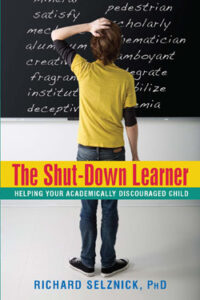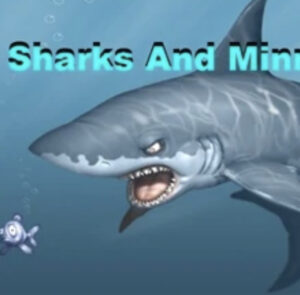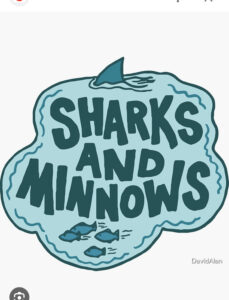 Practically every week I hear an array of concerns regarding distractibility and inattentiveness.
Practically every week I hear an array of concerns regarding distractibility and inattentiveness.
There’s always the question of, “Does my child have ADHD/ADD” lurking.
While talking to parents I try and broaden the narrative, reviewing other factors that may be contributing to why a child is not consistently paying attention.
Before presuming a child has a neurological disorder such as ADHD that is typically diagnosed in the doctor’s office by checking certain items on the Vanderbilt Scales, here are some factors to keep in mind:
- Perhaps the work is too hard. If it is, it will lead to inattention.
- Perhaps the child is playing video games far too late in the evening and not getting enough sleep. In addition, perhaps the child is addicted to video games leaving little in the tank for sustained mental effort (something that I am seeing much more).
- Perhaps there’s been a lot of tension and fighting in the family that is unsettling to the child, which will lead to distractibility.
- Perhaps the teacher is not motivating, which can certainly produce a lot of off-task behavior.
- Perhaps the child has “W.B.D.” (i.e., “Worksheet Burnout Disorder” (a term I made up) and is being flooded by too many worksheets (or its on-line equivalent), leaving the child feeling disconnected and unmotivated.
- Perhaps the child has significant reading problems, making it difficult to pay attention and comprehend. (This is an extremely important consideration.)
- Perhaps there is a lot of distraction in the environment (whether it be the classroom or at home) and the atmosphere does not lend itself to paying attention.
- Perhaps the child is struggling with anxiety and the excessive worrying looks like inattention.
- Perhaps the child is feeling like they may have social issues as they go on TikTok and Instagram and sees friends doing stuff that they weren’t included in.
- Maybe the child has been made fun of or ridiculed, but no one really knows of it other than the child.
Oh, yeah. I almost forgot.
Perhaps the child has ADD/ADHD.
Feel free to make comment below. To receive future blog posts, register your email: https://shutdownlearner.com.
To Contact Dr. Richard Selznick for advice, consultation or other information, email – rselznick615@gmail.com.
 Copyright, Richard Selznick, Ph.D. 2023, www.shutdownlearner.com.
Copyright, Richard Selznick, Ph.D. 2023, www.shutdownlearner.com.

 Anxiety over your child’s school-based problems can start very early. A mom recently contacted me after reading The Shut-Down Learner.
Anxiety over your child’s school-based problems can start very early. A mom recently contacted me after reading The Shut-Down Learner. Last week we talked about the law of the playground (and the jungle), that in spite of well meaning attempts to extinguish the phenomenon of “sharks” picking on the “minnows,” the law of the playground persists (
Last week we talked about the law of the playground (and the jungle), that in spite of well meaning attempts to extinguish the phenomenon of “sharks” picking on the “minnows,” the law of the playground persists ( Out in the playground, in the lunchroom and on the school bus – really in every possible school situation – group dynamics are always at work.
Out in the playground, in the lunchroom and on the school bus – really in every possible school situation – group dynamics are always at work.